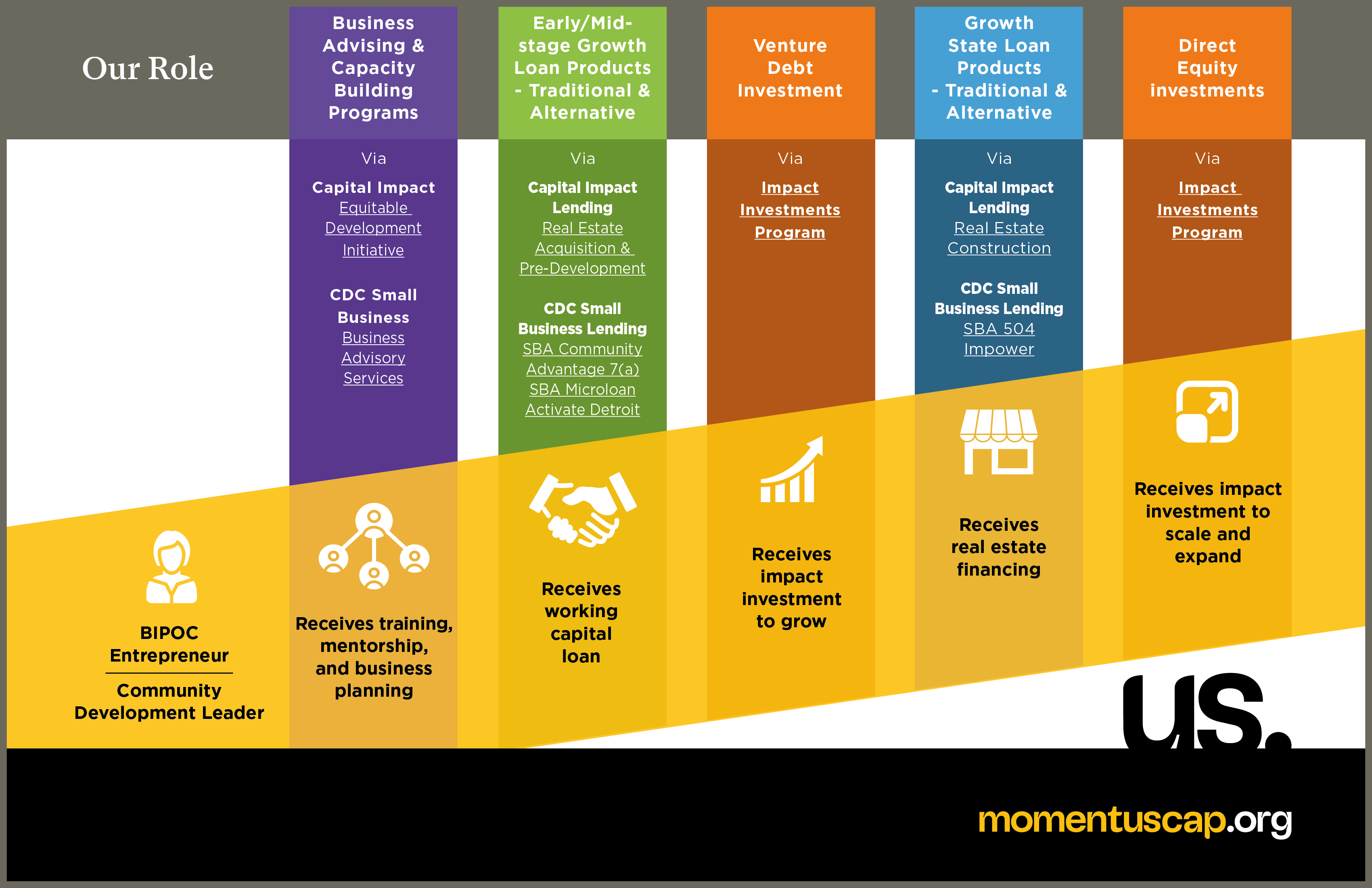
6 dos and don’ts of crafting an effective business plan
When an amazing business idea strikes, you may be tempted to dive straight into execution. Avoid this rookie mistake with one crucial step: Develop a business plan.
A business plan is like a roadmap. It details where you want the business to go and whether the effort is even feasible, said Eduardo Landeros, a senior business advisor at CDC Small Business Finance. If done right, the plan can help you determine “whether it’s a good idea or not” and if you have enough money to fund the venture, he added.
Landeros, a small business owner himself, offered other helpful tips to guide you to business plan success.
Do: Get it down on paper.
Many aspiring business owners will try to work out the logistics of their new venture in their heads. This is a dicey approach for many reasons. For one, keeping track of all the moving parts can be difficult and confusing. Another downside: You’d have nothing to show to prospective lenders. They’ll want to see your business idea in document form, especially the financials. Don’t know where to start? Your first stop should be a business plan template from any of the following reputable sources: SCORE, the U.S. Small Business Administration and CDC Small Business Finance.
Don’t: Become overwhelmed.
At the mere mention of a business plan, people tend to envision 50- to 60-page tomes, Landeros said. In reality, they shouldn’t be more than 10 to 15 pages. The first step is start with a 2-3 page outline highlighting key sections and main points for each. The big ones: industry and market analysis, organizational structure, budgets and projections. Once you have the outline, the actual writing of the plan is easier and more manageable.
Do: Know your market, competition.
Leverage online resources to help flesh out your business plan. Who will make up your main clientele? How much money will you need to start? What’s your leg up over competitors? There’s no shortage of research out there to help you figure this all out. For free demographics data, try City-Data.com or the U.S. Census Bureau. IBISWorld offers comprehensive reports by industry and business type, for a fee. Accurate, timely research is key for reasonable sales projections, which will increase your credibility with lenders.
Don’t: Skip on a thoughtful marketing plan.
If your entire marketing strategy is creating a social media account, posting once a week and hoping for the best — then it’s time to return to the drawing board, Landeros said. Marketing plans require deeper thought and customization. Businesses that interface with customers, for example, may want to purchase social ads on Facebook and Instagram to increase their online reach. However, this may not be the right approach for a goods wholesaler who rarely interacts with the general public. Know who you’re selling to, as well. If teens are your potential customer base, then consider marketing on Snapchat and platforms that tend to attract younger users.
Do: Invest the time.
After writing the business plan, take the time to hone it. Landeros recommends spending a total of two weeks to a month on research and writing. Anything more, he warned, could be overkill.
Don’t: Set it and forget it.
A business plan is an “evolving document” that should be reviewed at least once a year, Landeros said. When markets change, new competitors come into town, or legislation impacting your business takes effect — it’s time to revise your business plan. An annual check-up will help you stay the course and think ahead.
And remember…
You don’t have to do this alone! CDC Small Business Finance – a leading small business lender and non-profit organization — has business advisors on staff who are here to help! In the last year, we’ve offered more than 6,000 hours of free technical help to potential and existing borrowers.









